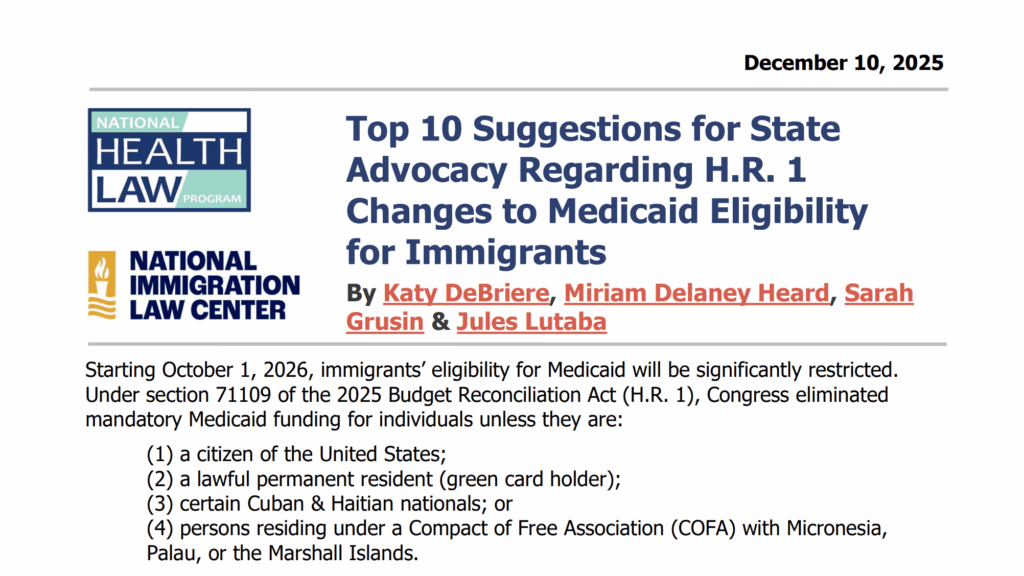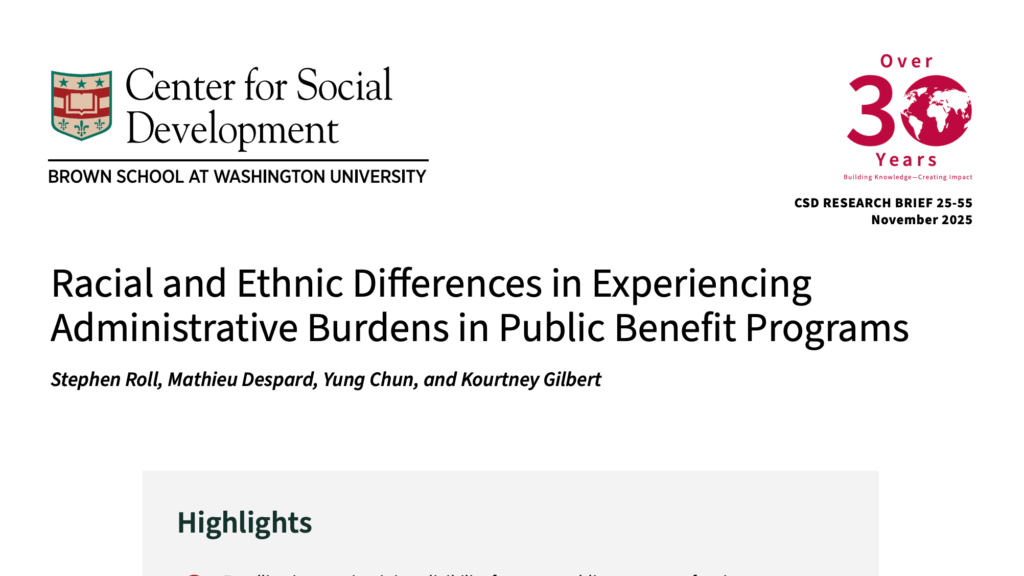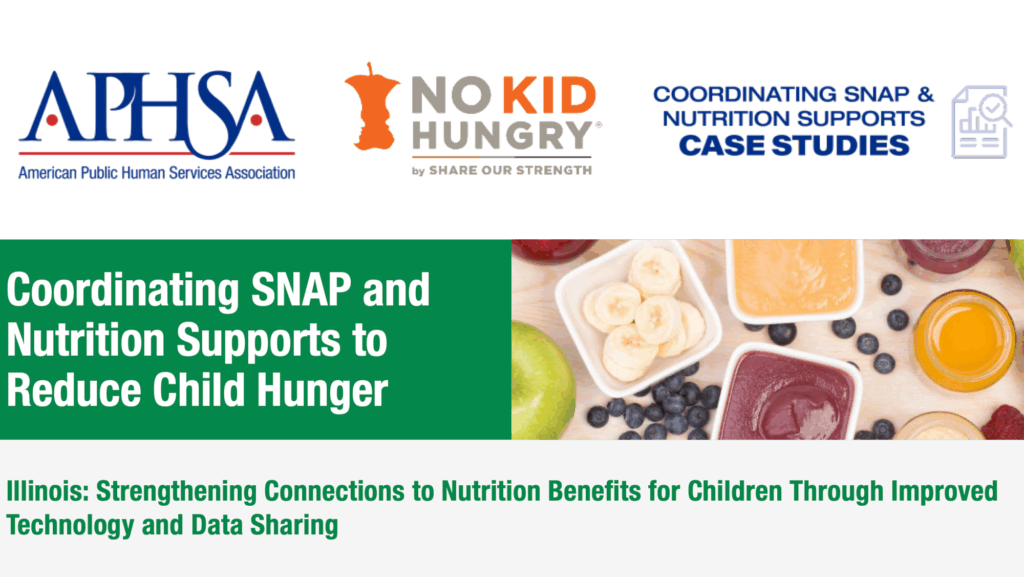Diversity, Equity + Inclusion
Centering diversity, equity, and inclusion is key for improving resident experience and strengthening the delivery workforce.


From Principle to Practice
Historically, systemic and structural barriers have disproportionately limited access to government services for communities of color. Dismantling structural racism and other barriers to access requires a focus on equity and diverse participant perspectives.
Pathways to building more equitable, inclusive, and welcoming services can range from improving language access in programs, to advocating for policies that expand eligibility and access, or building stronger partnerships with community-based organizations.
On this page, you will find resources to center participant perspectives in program improvements, recommendations for re-envisioning programs as anti-racist, and resources to identify how certain policies and procedures may create inequitable access.
Subtopics
Explore our 3 diversity, equity, + inclusion subtopics below.
LGBTQIA+
Older Adults
Race + Ethnicity
Youth
How to Get Started
We recommend these resources as a starting place to promote diversity, equity, and inclusion in the delivery of government services.
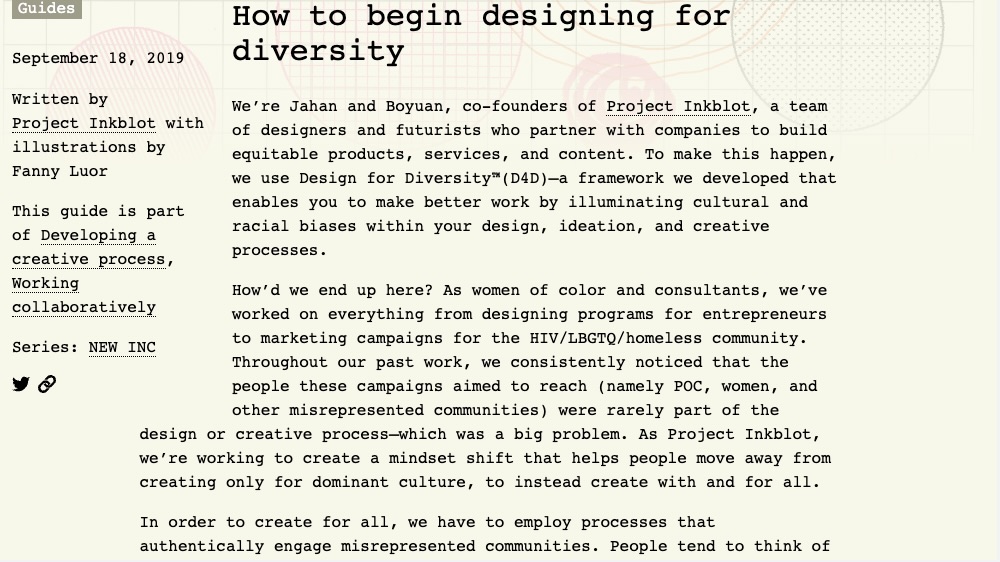
How to begin designing for diversity
In order to create for all, we have to employ processes that authentically engage misrepresented communities. People tend to think of diversity, equity, and inclusion (DEI) efforts in terms of implicit bias workshops, employee resource groups, and hiring processes. These efforts are all important, but it is also necessary to focus on DEI as it relates to the creation of products, services, and content, and use a design-thinking approach to tackle these tricky issues.
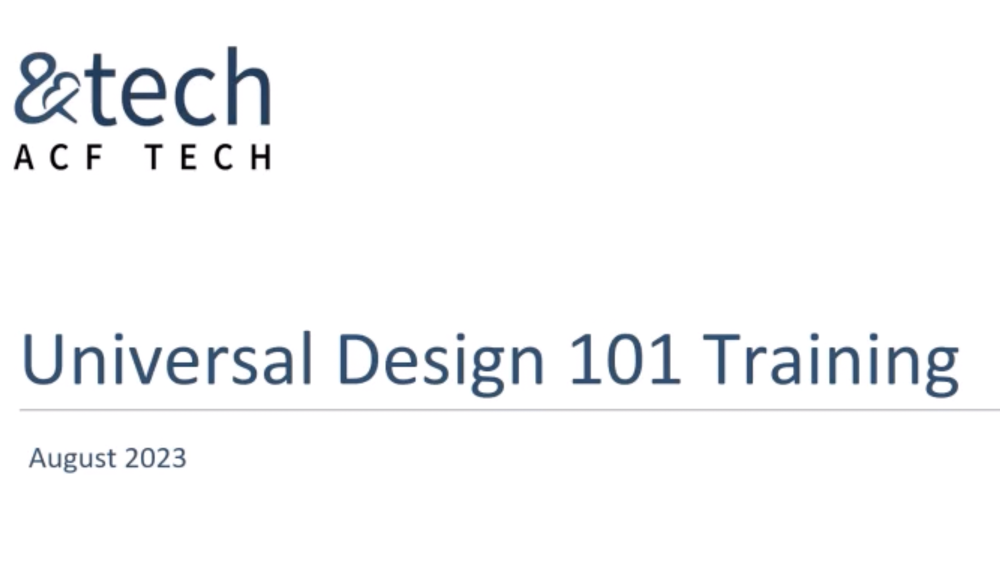
Universal Design 101 Recording
Initially created for and shared with staff at the Administration for Children and Families, this webinar provides an introduction to Universal Design, covering plain language, accessibility, user research, and Agile development.
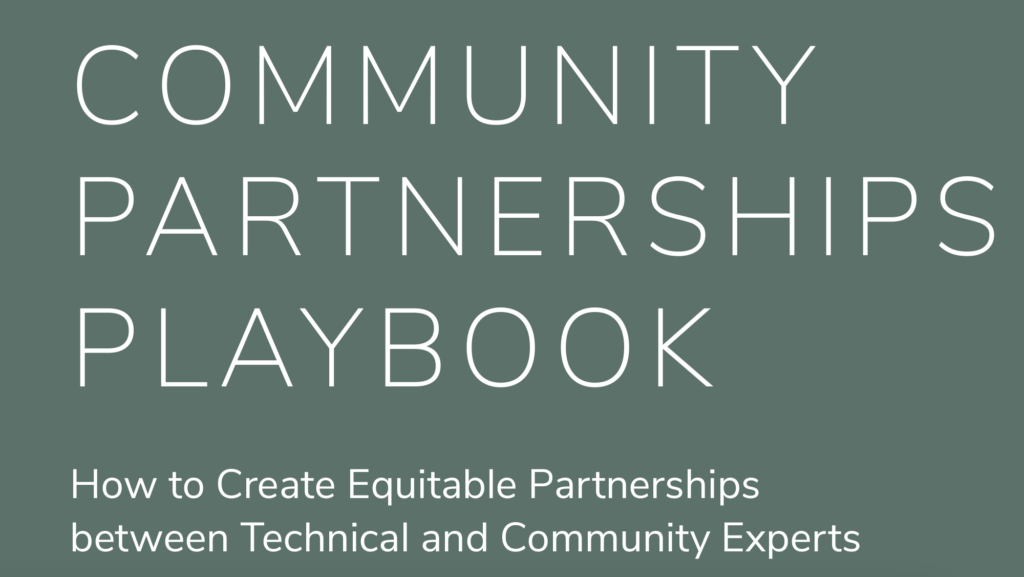
Community Partnerships Playbook: How to Create Equitable Partnerships between Technical and Community Experts
The Playbook’s purpose is to guide researchers while supporting and lending authority to community organizations as they advocate for partnerships that will benefit their constituencies. The Playbook aims to provide some answers to such questions as: How can technologists and scientists engage communities in a spirit of partnership, without such extractive practices? How can community organizations work with researchers in ways that benefit their communities and expand their capacity, rather than burdening their staff?
Diversity, Equity + Inclusion for Public Benefits
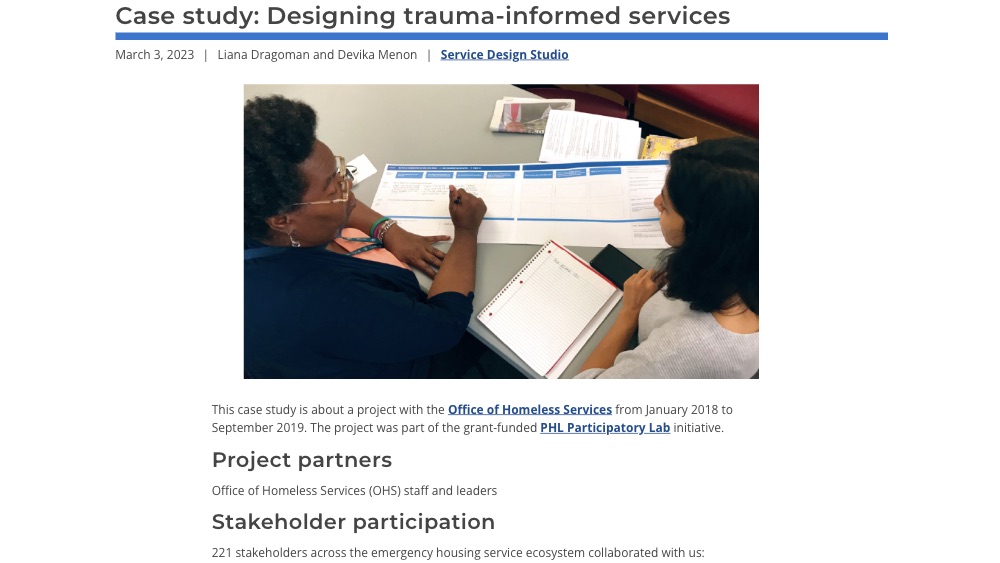
Case study: Designing trauma-informed services
This case study is about a project in the City of Philadelphia with the Office of Homeless Services (OHS) from January 2018 to September 2019.

In-Depth Equity Assessment Guide
Initially created to inform federal staff at the U.S. Department of Health and Human Services, this tool describes how to conduct intensive equity assessments of existing programs, policies, and processes. It may be useful for state and local governments, tribal governments, and other private or non-profit organizations focused on programs and policies relating to health and human services.
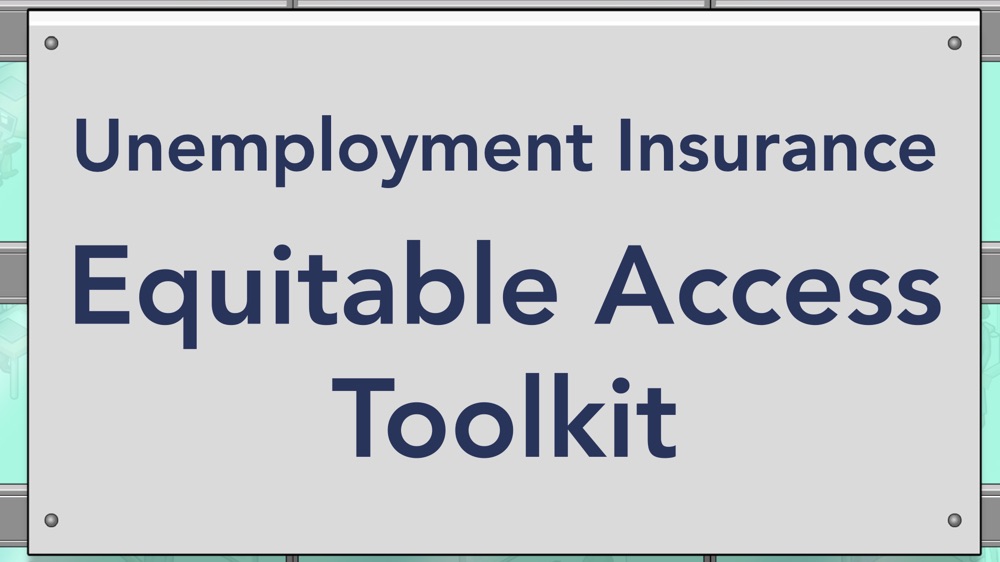
Unemployment Insurance Equitable Access Toolkit
The Unemployment Insurance Equitable Access Toolkit contains common equity recommendations, promising practices, and insights, represented visually as a different floor of an agency office building, compiled in one interactive document.
Discover All of Our Diversity, Equity + Inclusion Resources
Below you can see the latest items and the most popular. Click View More to see all resources and examples.
